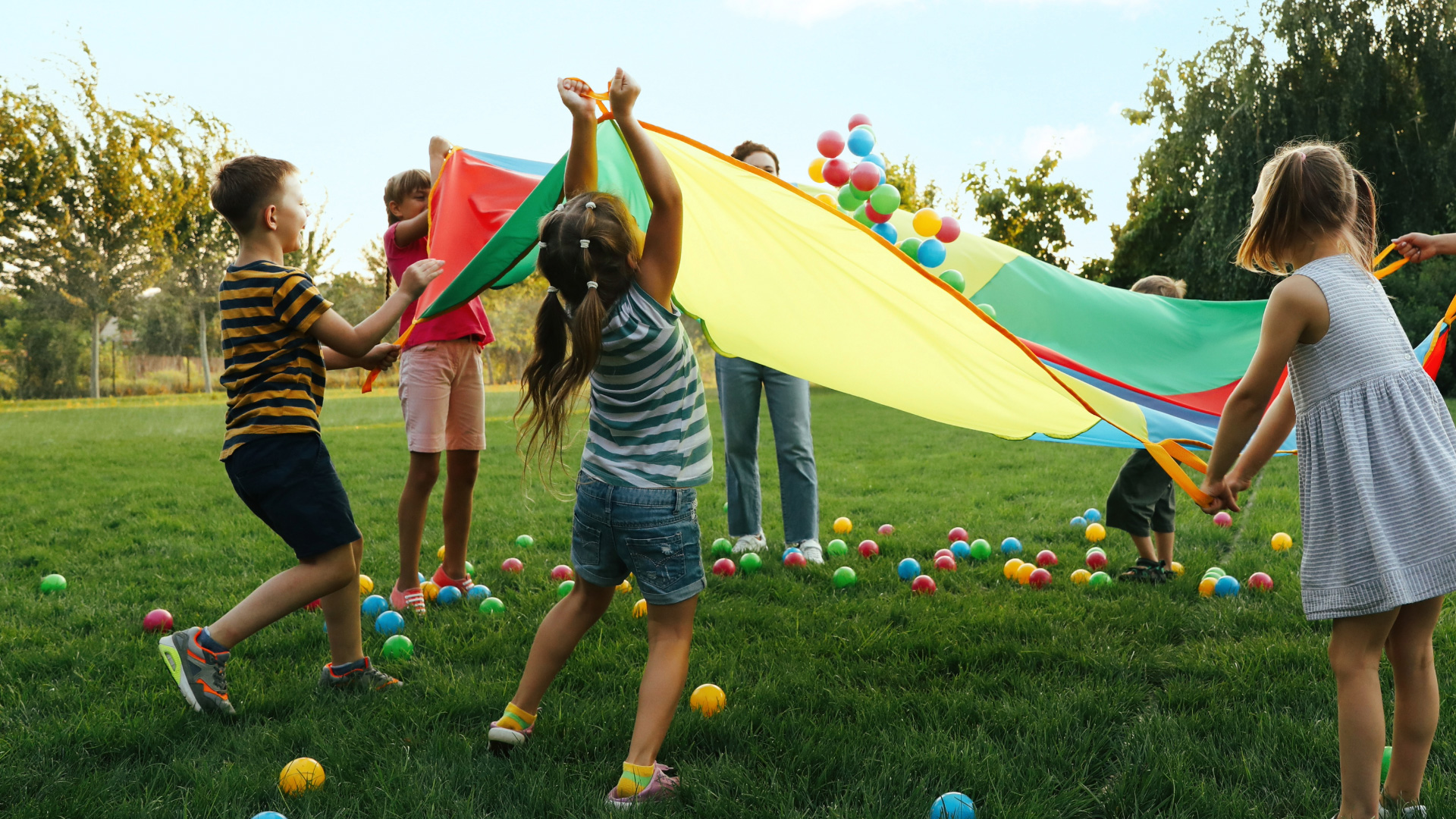“Do you see my space horse?”
A child stands proudly beside a towering structure of Big Blue Blocks, their eyes wide with anticipation. In their world, this isn’t just a collection of foam pieces—it’s a spaceship, and aboard it, a herd of adventurous horses ready to explore the galaxy. How an adult responds in this moment has the power to either deepen or diminish the child’s imaginative journey.
The Power of Adult Engagement in Play
Dramatic play in a preschool classroom is more than just fun; it’s a powerful tool for cognitive, social, and language development. The conversations adults have with children during play can either expand their creativity or unintentionally limit it. Thoughtful engagement encourages deeper thinking, problem-solving, and narrative development, while dismissive or overly directive responses can stifle a child’s imagination.
A Missed Opportunity: The Limiting Response
Imagine the teacher responds, “Horses don’t go to space! Spaceships carry astronauts.”
Though factually correct, this response shuts down the child’s imaginative premise. It subtly tells them their idea is unrealistic, discouraging further exploration. The child may feel hesitant to continue their story or may even abandon the game altogether.
Another limiting response could be a simple, “That’s nice.” While not dismissive, it lacks enthusiasm and does not invite further conversation. The child receives no indication that their idea is valued or worth exploring.
Encouraging Exploration: The Expansive Response
Now imagine the teacher responds with curiosity: “A space horse? That’s amazing! How did it get to space?”
With this simple, open-ended question, the child is invited to elaborate on their creation. Perhaps they describe a special oxygen bubble for the horse, or a futuristic saddle that helps it float. The conversation continues, and the child refines their narrative, thinking through the mechanics of their imaginative world.
Another powerful response could be: “Wow! I wonder what kind of planets your space horse will visit. What does it eat in space?”
By asking nonjudgmental, open-ended questions, the teacher helps the child extend their play, encouraging them to problem-solve and think critically. The child remains engaged, excited, and confident in their ideas.
A Framework for Expanding Dramatic Play
When engaging in play conversations with children, adults can use the following framework:
- Observe and Acknowledge – Show genuine interest in what the child has built or imagined.
- “I see your spaceship is big enough to carry a whole herd of horses!”
- Ask Open-Ended Questions – Encourage the child to expand on their ideas.
- “What does a space horse need to survive on Mars?”
- “Who is driving the spaceship, and where are they going?”
- Validate and Extend – Affirm the child’s creativity and introduce new possibilities.
- “That’s incredible! I wonder if space horses can run faster in zero gravity.”
“Strive-for-Five”- The Gold Standard for Conversations in Preschool
Throughout the preschool day, whether in centers, at a mealtime, or individually with a child, adults have a unique opportunity to build language with children. In these moments, the gold standard for conversations is often referred to as, “Strive-for-Five”.
This approach helps you create responsive, dynamic exchanges that challenge children’s thinking and language use. Strive-for-Five conversations involve five turns:
- Teacher: Initiates with an observation or question (e.g., “Tell me about your space horse.”)
- Student: Responds with their idea (e.g., “It’s going to the moon!”)
- Teacher: Builds on their response (e.g., “What does it need to eat on the moon?”)
- Student: Adds details or expands (e.g., “It eats space grass!”)
- Teacher: Encourages further exploration (e.g., “How will you grow space grass on the moon?”)
This back-and-forth deepens engagement, promotes critical thinking, and helps children articulate their ideas more clearly. By following this structure, teachers can guide conversations that make play richer and more meaningful.
Why This Matters
Children develop confidence in their creativity when adults show enthusiasm for their ideas. These meaningful interactions build vocabulary, encourage problem-solving, and strengthen a child’s ability to think abstractly. By engaging deeply in children’s dramatic play—especially in a gross motor center filled with Big Blue Blocks—adults help create an environment where imagination knows no limits.
So next time a child asks “Do you see my space horse?”, step into their world. Ask, wonder, and explore alongside them. You might just find yourself on an unforgettable journey through the stars.






